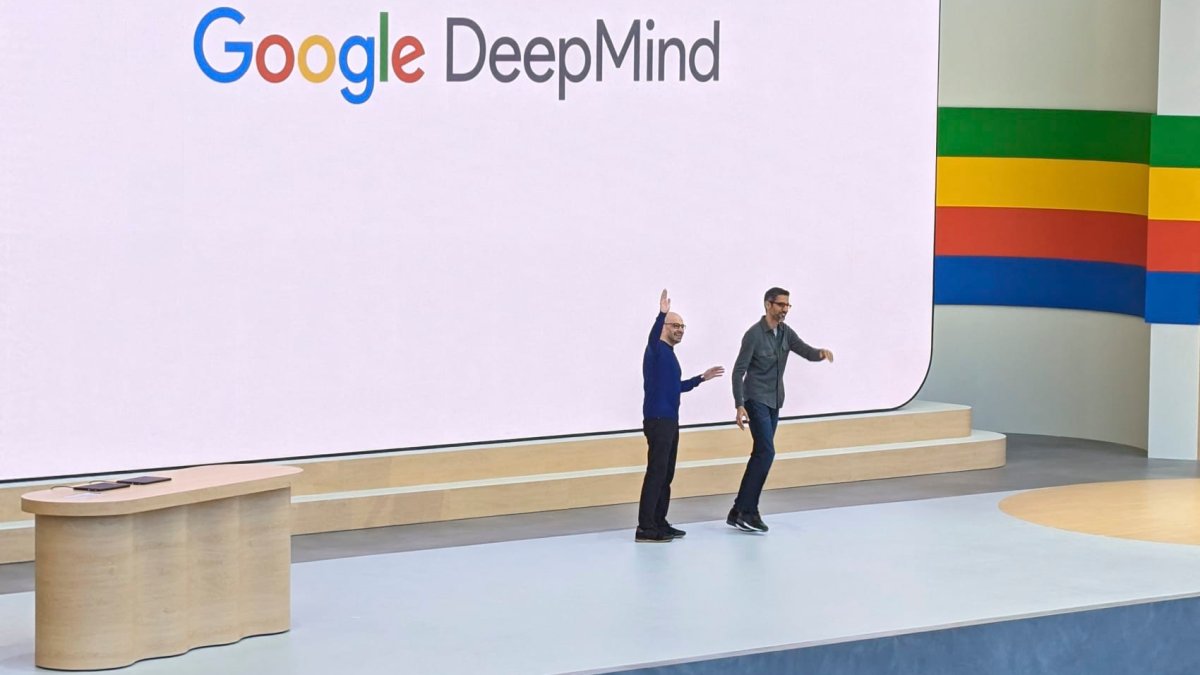DeepMind Plans to Utilize AI Models for Enhancing Physical Robots

Google DeepMind’s New AI Models for Robotics
Introduction to Gemini 2.0
On Wednesday, Google DeepMind unveiled two groundbreaking AI models designed for robotics. These new models, known as Gemini Robotics and Gemini Robotics-ER (Extended Reasoning), are powered by Gemini 2.0, which Google describes as its "most capable" AI to date. This marks a significant step in merging AI technology with physical actions, signaling a new era in robotic capabilities.
Partnership with Apptronik
Google announced a partnership with Apptronik, a robotics company based in Texas, to develop the next generation of humanoid robots utilizing Gemini 2.0. Apptronik has experience working with organizations like Nvidia and NASA. Recently, it secured a notable funding round of $350 million, with Google being a participant, reflecting the increasing interest in developing advanced robotics.
Demonstration of Capabilities
In a series of demonstration videos, Google showcased the robots equipped with the new AI models performing various tasks. The robots were seen:
- Plugging devices into power strips
- Filling lunchboxes
- Moving plastic vegetables
- Zipping up bags
These actions were performed in response to verbal commands, highlighting the interactive nature of the new AI.
Essential Qualities for Effective Robotics
Google emphasizes that for AI models to be genuinely useful in robotics, they must exhibit three key qualities:
- Generalization: They should be able to adapt to a variety of situations.
- Interactivity: They need to quickly comprehend and respond to instructions and environmental changes.
- Dexterity: The AI should mimic human abilities concerning precise manipulation of objects.
By meeting these criteria, Gemini Robotics aims to enhance the functionality and efficiency of robotic systems.
Gemini Robotics-ER for Custom Development
The Gemini Robotics-ER model is particularly designed for roboticists who wish to build and train their own AI models. This version is accessible to not only Apptronik but also other "trusted testers," including Agile Robots, Agility Robotics, Boston Dynamics, and Enchanted Tools. This collaborative approach is expected to accelerate innovation in humanoid robotics.
Competition in the AI Robotics Space
Google is not the only tech giant focusing on the fusion of AI and robotics. In November, OpenAI announced an investment in a startup called Physical Intelligence, which aims to merge general-purpose AI with robotic applications. Alongside this, OpenAI hired a key figure from Meta’s augmented reality team to steer its efforts in robotics and consumer hardware. Additionally, Tesla is making strides in humanoid robotics with its own robot, Optimus, illustrating a growing competitive landscape.
The Vision for Future Robotics
In a recent post, Google CEO Sundar Pichai remarked on the potential of robotics to serve as a practical testing ground for implementing AI advancements in real-world settings. By applying Google’s multimodal AI models, these robots are expected to adapt dynamically to various environments, enhancing their utility in everyday scenarios.
By integrating sophisticated AI capabilities into robotics, companies like Google DeepMind and Apptronik are pushing the boundaries of what robots can achieve in the near future. The advancements coming from this partnership underscore the profound implications AI can have when applied to real-world tasks, paving the way for smarter and more versatile robotic solutions.





